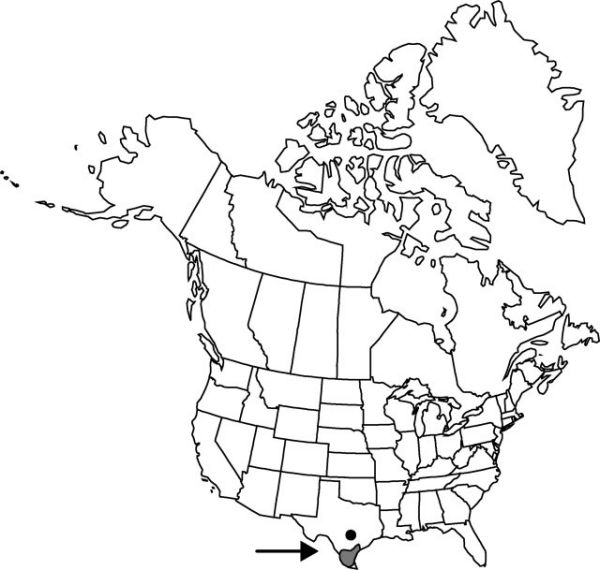Allium runyonii
Res. Stud. State Coll. Wash. 18: 198, fig. 4. 1951.
Bulbs 1–3, bearing cluster of short-stalked, basal bulbels, ovoid, 1.2–2 × 1.2–2 cm; outer coats enclosing 1 or more bulbs, brownish, reticulate, cells very coarse-meshed, open, fibrous; inner coats whitish, cells contorted, walls very sinuous. Leaves green at anthesis, persistent, 3–6, basally sheathing; blade solid, flat, channeled, 10–40 cm × 1–4 mm, margins entire. Scape persistent, often 2 or more successively produced from single bulb, erect, ± terete, 10–45 cm × 1–4 mm. Umbel persistent, erect, loose, usually 10–25-flowered, hemispheric-globose, bulbils unknown; spathe bracts persistent, usually 3, 3–7-veined, ovate, ± equal, apex acuminate. Flowers urceolate, 5–7 mm; tepals erect, white with pinkish midribs, aging to pink, lanceolate, ± equal, becoming callous-keeled and permanently investing capsule, margins entire, apex obtuse or even emarginate to acute; stamens ± equaling tepals; anthers yellow; pollen yellow; ovary crestless; style linear, equaling stamens; stigma capitate, unlobed or obscurelylobed, pedicel 8–28 mm, elongating in fruit. Seed-coat shining;, cells smooth. 2n = 14.
Phenology: Flowering Mar–Apr.
Habitat: Sandy soils, Rio Grande plains
Elevation: 10–200 m
Distribution

Tex. Allium runyonii is known only from extreme southern Texas
Discussion
Allium runyonii is known only from extreme southern Texas.
Selected References
None.
Lower Taxa
"elongating" is not a number."thicker" is not a number."broad" is not a number.